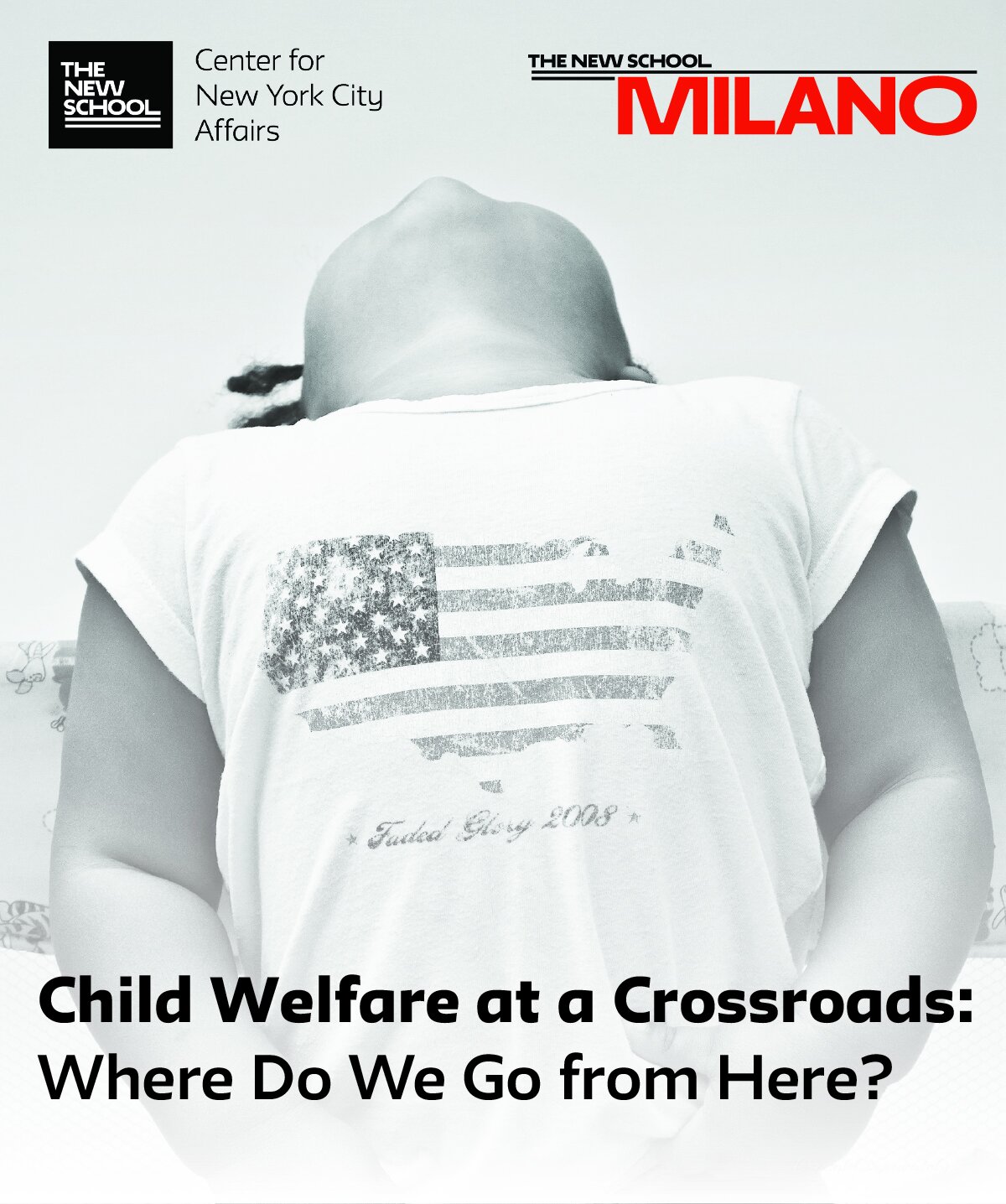After years of broken promises – and with billions of desperately needed federal aid dollars on the way – New York State has an unprecedented opportunity this year to patch up its broken system of care for kids with mental health problems. But with the State budget due on April 1st, even the best-case proposals now working their way through Albany offer limited hope that Governor Cuomo or the State Legislature will finally make good on their word.
Read MoreA joint report with the NYC Employment & Training Coalition provides insight into the struggles and accomplishments of the workforce development sector in the economic landscape of the past year’s job losses, dramatic shifts in patterns of work, and the unequal and disproportionate consequences the pandemic had for the most vulnerable New Yorkers, as well as highlights the various ways workforce organizations have pivoted to and developed new digital infrastructures to continue to train and connect people to employment throughout the pandemic.
Read MoreNew York City lost 750,000 payroll and self-employed/independent contractor jobs on average between the months of February and December in 2020. The loss for the entire year was the worst single-year city job decline since the 1930s. The partial rebound since last spring has been called a K-shaped recovery for good reason; many in the bottom half of the economy have lost jobs or earnings and are experiencing severe housing and food insecurity, while most of those in the top half retain their jobs, and many have seen their financial assets rise in value. The city’s underemployment rate is 25 percent. This report examines the Covid-19 economic and employment impact in New York City, including the demographic and industry contours of the job market effects and how the pandemic has exacerbated wage and income inequality.
Read MoreCNYCA's six-year statistical survey monitoring New York City's child welfare system
Read MoreAs the Covid-19 pandemic grinds on, hospitals around New York State report a growing crisis for children who need mental health care: Suicide attempts and other psychiatric emergencies are up, inpatient units are full, and very sick kids regularly spend days in loud and crowded emergency rooms, waiting for beds to open up.
Read MoreNew York City’s retail industry was hard-hit by the Covid-19 pandemic. This report examines the job market implications of the pandemic’s upheaval of the retail industry, the unevenness of Covid’s impacts within the sector, and the acceleration of e-commerce and online retailing seen over the past decade.
Read MoreThis report examines New York City’s app-dispatch driver pay standard and finds that in the first year of the pay standard (pre-pandemic) driver pay increased by about nine percent, passenger fares rose slightly but not much more than in Chicago without a pay standard, passenger wait times declined significantly, and some of the pay increase was absorbed by the app-dispatch companies through lower effective commission rates.
Read MoreNew York’s antiquated law governing unemployment insurance disincentivizes work and threatens to slow the economic recovery. This report from the CNYCA analyzes the proposed Stirpe-Ramos bill’s reform for New York’s partial unemployment insurance benefits and finds that low- and moderate-income workers would benefit and models several scenarios to show that additional costs to the state’s UI trust fund will be small.
Read MoreNonprofit social services provide essential services for a broad swathe of New Yorkers, yet these organizations face significant workforce retention and recruitment problems. This report from the Center for New York City Affairs outlines concrete steps that can be taken to invest in these essential workers by building robust career ladders, addressing pay disparities among workers, and raising the compensation of nonprofit workers to aid in retention and recruitment. The ongoing public health emergency and economic dislocation make clear the need to invest in social service workers essential not only during emergencies but also day in and day out.
Read MoreThe Center for New York City Affairs has published the fall 2020 edition of our popular guide for high school students who are applying to college and beginning their all-important quest for financial aid: FAFSA: The How-To Guide for High School Students (And the Adults Who Help Them).
Read More



















